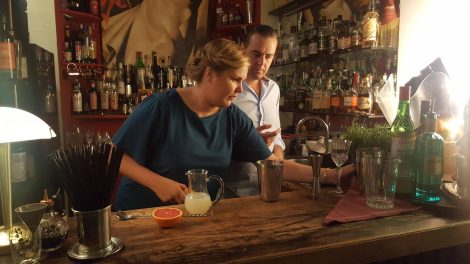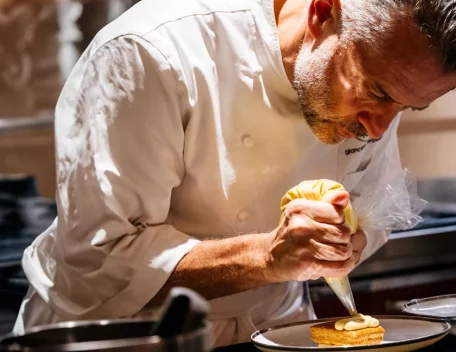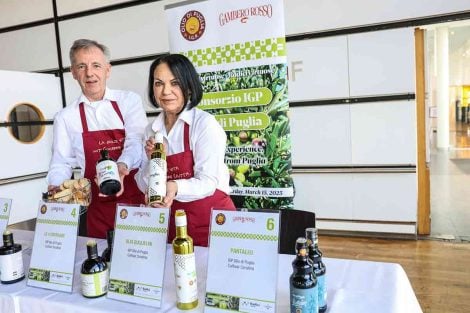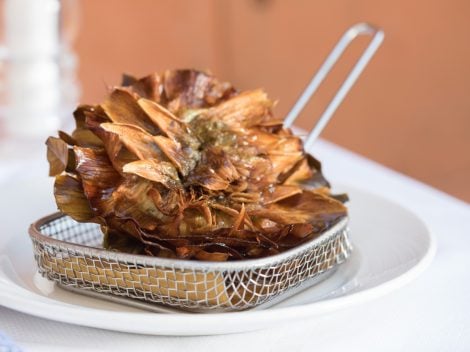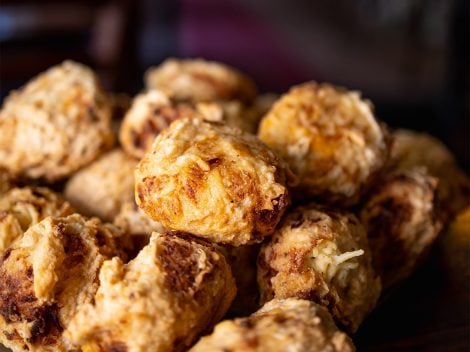Espresso with ice doesn’t need much of an introduction. Glass full of ice cubes, espresso and almond milk, and in the background the Salento sea. This is the most popular version in Italy. Born in Lecce and then spread throughout the rest of Italy. To this day this beverage is symbolic of summer in Puglia. The combination of coffee and ice is not native to Puglia. The first mentions of this mix date back several centuries and in countries far from the Mediterranean.
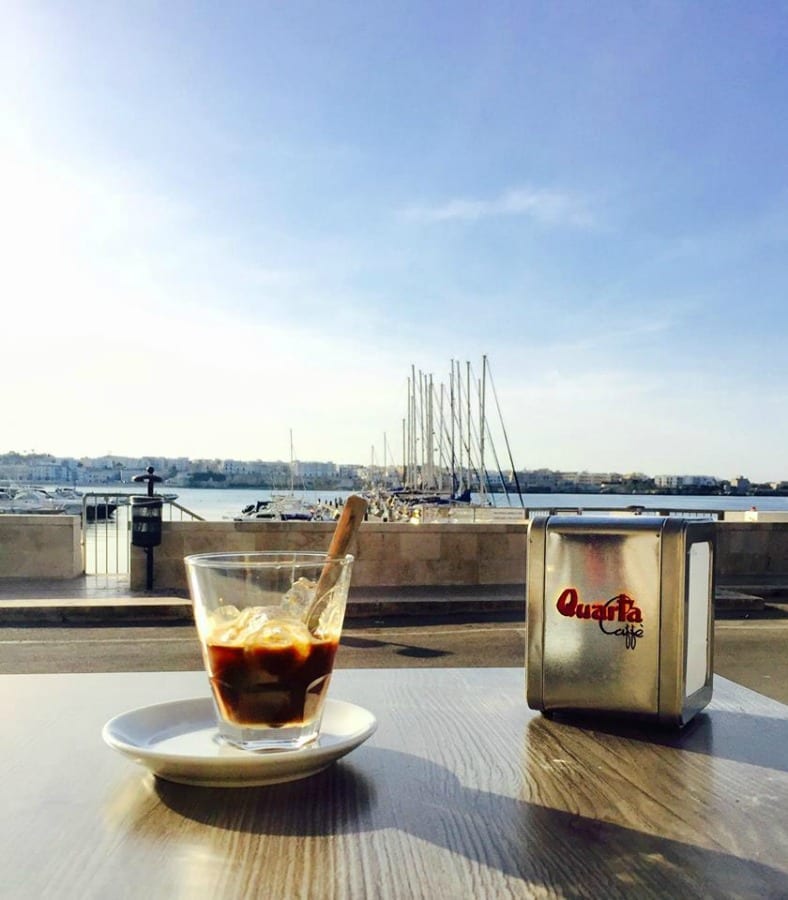
History
Few written records and less testimonies: just like in other fascinating historical traditions linked to food, in order to trace the timeline of coffee and ice we have to rely on stories and recipes handed down by generations. Over time these have spread with different populations with different versions and interpretations according to the culture and the historical backdrop. One of the most sustained theories maintains it was the French who first served iced coffee, a beverage called Mazagran, after the legionnaires in Algeria. The 1922 volume All About Coffee by William H. Ukers narrates that later versions of Mazagran spread internationally when the soldiers returned to France and introduced the concept in their coffee shops. A part of that history was narrated here, when approaching the background of cold brew and the extraction method of coffee. But “caffè con ghiaccio” is a different brew. Surely less technical but by no means banale. To the contrary, various recipes have been tested by coffee pros and avantgarde baristas who are attempting to add value to the beverage lending modern and original interpretations. But let’s take it one step at a time.
Coffee and ice around the world
Already in the bottom half of the 1800s in Vietnam, one of the major coffee bean producers, the combination of ice and coffee was adopted in a recipe called Cà phê đá. The base is a dark roast coffee that’s coarsely ground and extracted with a French press. Likewise for Lecce caffè con ghiaccio, there is a recurring sweet element: condensed milk. From Vietnam the beverage and coffee itself spreads more quickly in the beginning of the 1900s. It lands in South America and precisely Chile. The tradition of Cafè Helado begins, to this day a very popular beverage in the summer. Coffee and ice in Chile is made with espresso, coffee grounds, chantilly cream, vanilla pod seeds, cinnamon, dulce de leche and ground almonds or hazelnuts. For those who like it, vanilla ice cream is added to the caloric drink. Naturally all the ingredients are not used simultaneously in the modern rendition, but drinkers can still choose to mix and match.

In Australia, on the other hand, there is a more contemporary version of coffee and ice which gave way to many other sweetened New World beverages. This is a sort of unstirred milkshake served with ice cream and whipped cream. The beverage also sometimes includes syrup, cream, cacao powder and coffee beans. This is a much more commercial version, often pre-mixed and sold in big chain supermarkets, sometimes even in vending machines. Other similar variations of coffee and ice are widely enjoyed in Germany, United States and Canada.
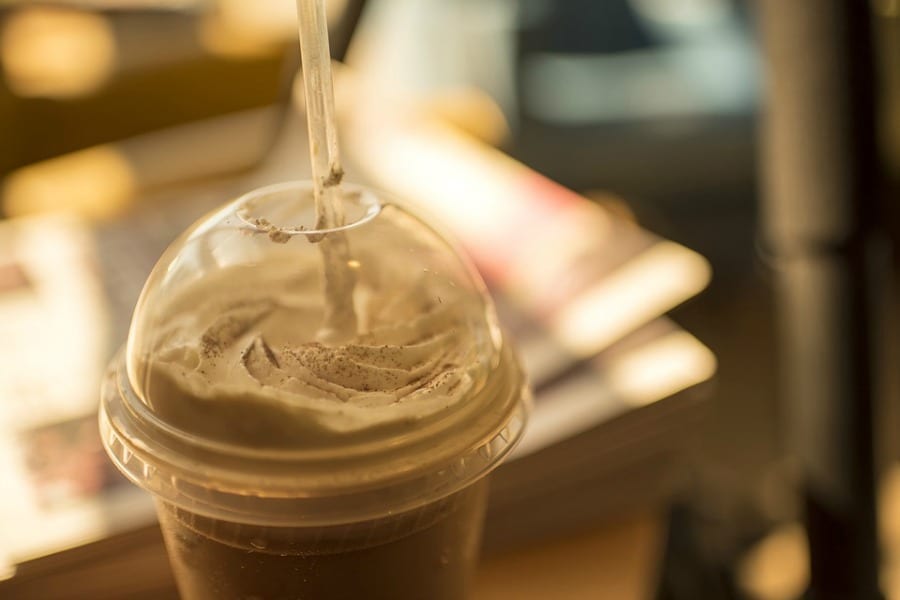
Similarly in the rest of the world: many cultures enjoy the chilled beverage in the hotter months. Gelato, chilled cream, even our classic granita di caffè shaved iced coffee: the list is boundless. All the sweet additions for true coffee lovers don’t however do justice to the product. In Europe the drink that mostly resembles Italian caffè con ghiaccio comes from Spain, precisely from the city of Valencia. On the western coast of Spain the tradition of Café del Tiempo endures. This is a blend of coffee, ice and citrus. Legend has it that Salento imported the use from Iberia by way of Otranto.
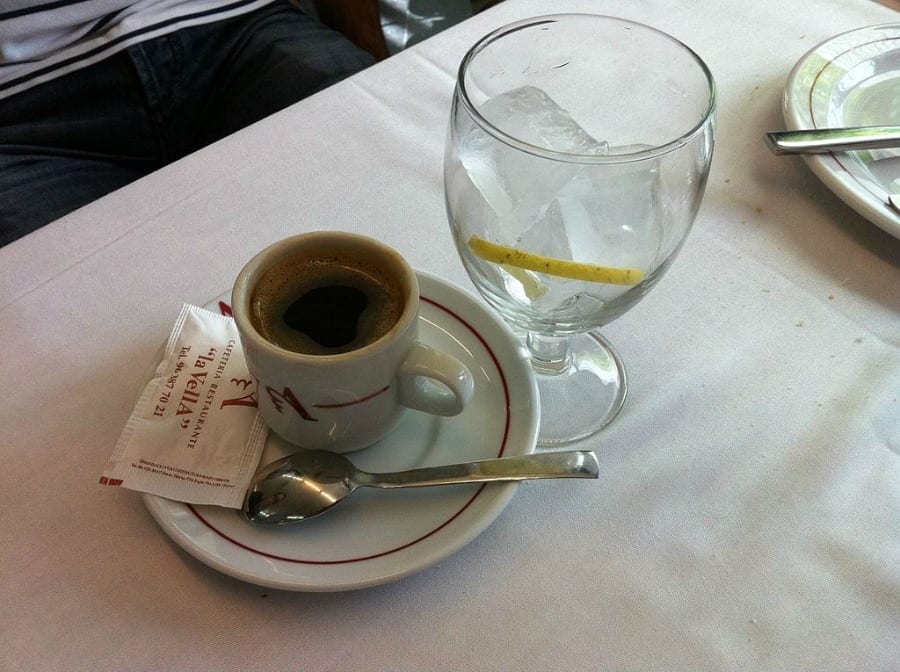
Lecce style coffee: the story of Antonio Quarta
The actual history of the coffee brewed in Lecce is different. It’s told to us by Edoardo Quarta of the renowned Salento roasters, and inventor of a specialty line called Edo Quarta Specialty Coffee. Edoardo is furthermore the coach for the team that represented Italy in the World of Coffee championship in 2016 in Dublin. It was Antonio Quarta, his great-grandfather, who created the mix for the first time and spreading the trend in the area’s coffee bars. “It all started because my great-grandfather was the only one at the time – 70 years ago – who was distributing ice in Lecce. Nobody had a fridge at the time and to conserve foods people used leather ice containers”, explains Edoardo. “So everyone would go to his bar, initially called La Casa del Caffè, to chip away at his slabs of ice. That’s how my grandfather got the idea of adding ice to coffee. In fact authentic Lecce coffee, according to the Quarta family tradition, is made with irregular chips of ice, “which melt much more slowly when in contact with hot espresso”. Sometimes those ice chips can be used more than in one pour.
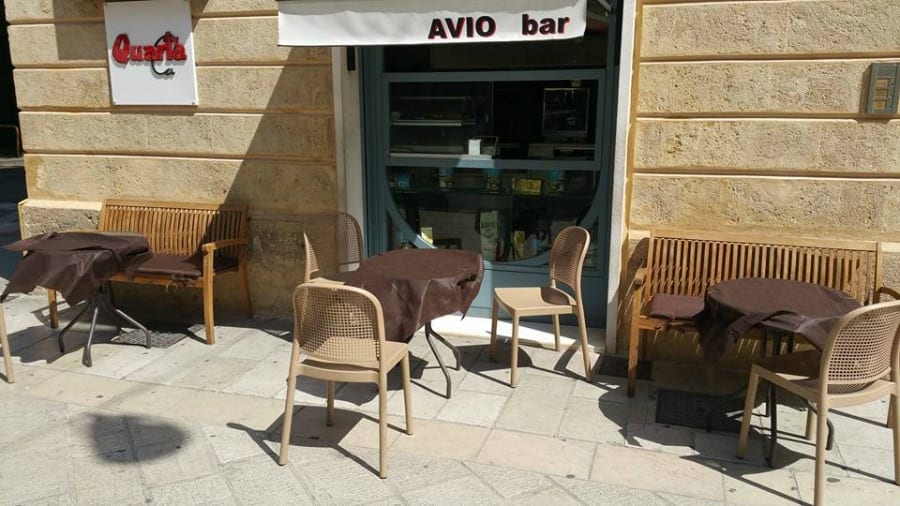
Ingredients and pairings
The best place for caffè con ghiaccio in Lecce is still Antonio's coffee bar, currently called Avio bar. Ice chips are no longer used, “for time reasons, but we use full ice cubes, not hollow ones to obtain the same effect of the original ice chips”. As far as almond milk for his recipe, Edoardo suggests using the Maglio brand that’s best known for its chocolate. For coffee he uses the Barocco blend (85% arabica and 15% robusta), “one of the two most popular blends sold in our roaster. The other, called Avio, is made up of 90% arabica and 10% robusta”. What pairs well with a proper Lecce coffee? “A Pasticciotto pastry of course, the perfect breakfast. Otherwise a rustic puff pastry vol au vent with unsugared coffee”.
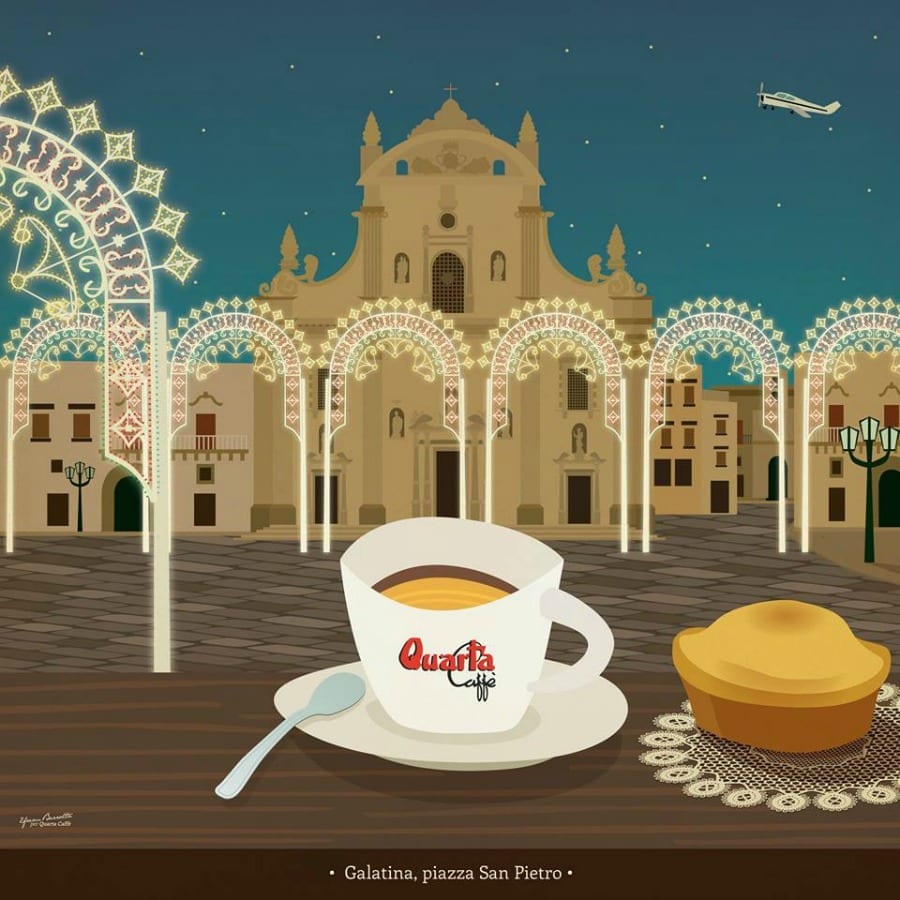
Caffè con ghiaccio: the pro variations
If Salento tradition endures, modern interpretations and new versions have been created by professional baristas during championships. It was Angelo Segoni, part of team Quarta, to offer the mix in a new form “During the Italian finals we used dry ice and cane sugar inside the moka boiler compartment”, says young Abruzzo native and Salento adopted barista. “As the ice expands it lends the coffee a different texture, with micro bubbles of carbon dioxide. This way we obtained a slightly effervescent coffee”. For the world championship there was no ice used at all, rather a pinch of Salento shipped straight to Dublin: “We created an alcohol-free cocktail made with an espresso base and an almond flour velouté, star anise, cardamom and cloves. We called it Salentum, in honor of Edoardo’s roots, and the land that I also call home, the sum of its sublime aromas and flavors”.
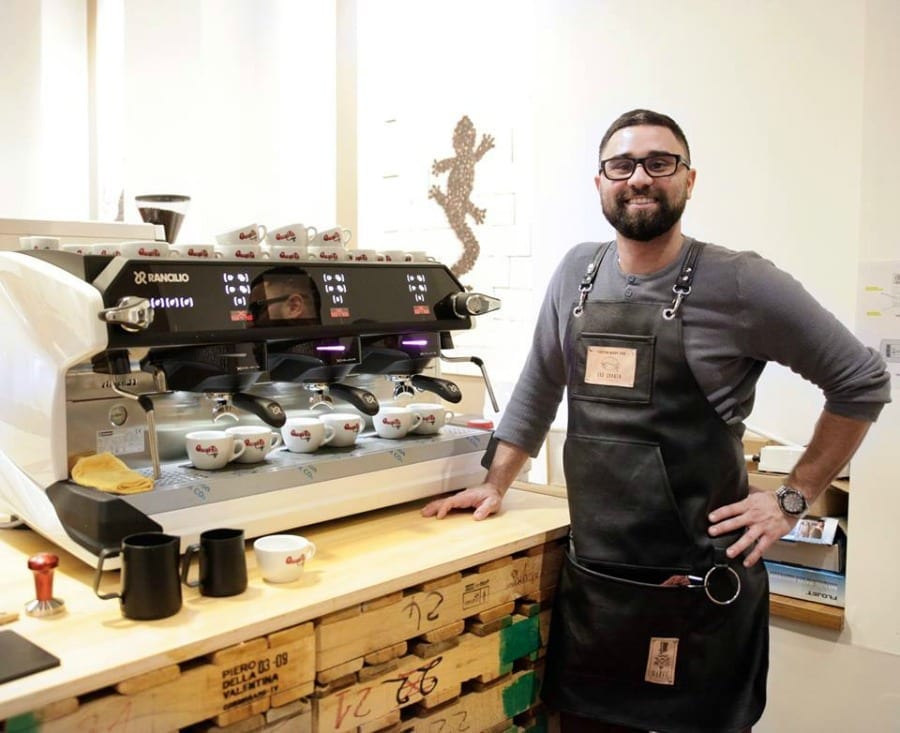
Other experiments? “Not for now, but with Edoardo we intend to create a more modern and creative version of Lecce coffee. We’re just back from Dublin and we still haven’t had time to develop the idea. But we will work on it soon”. There are many ideas to develop, for example “the world champion barista used ice to cool the filter holders before extracting espresso. We tried but were not satisfied with the results. We’ll find our own method”.
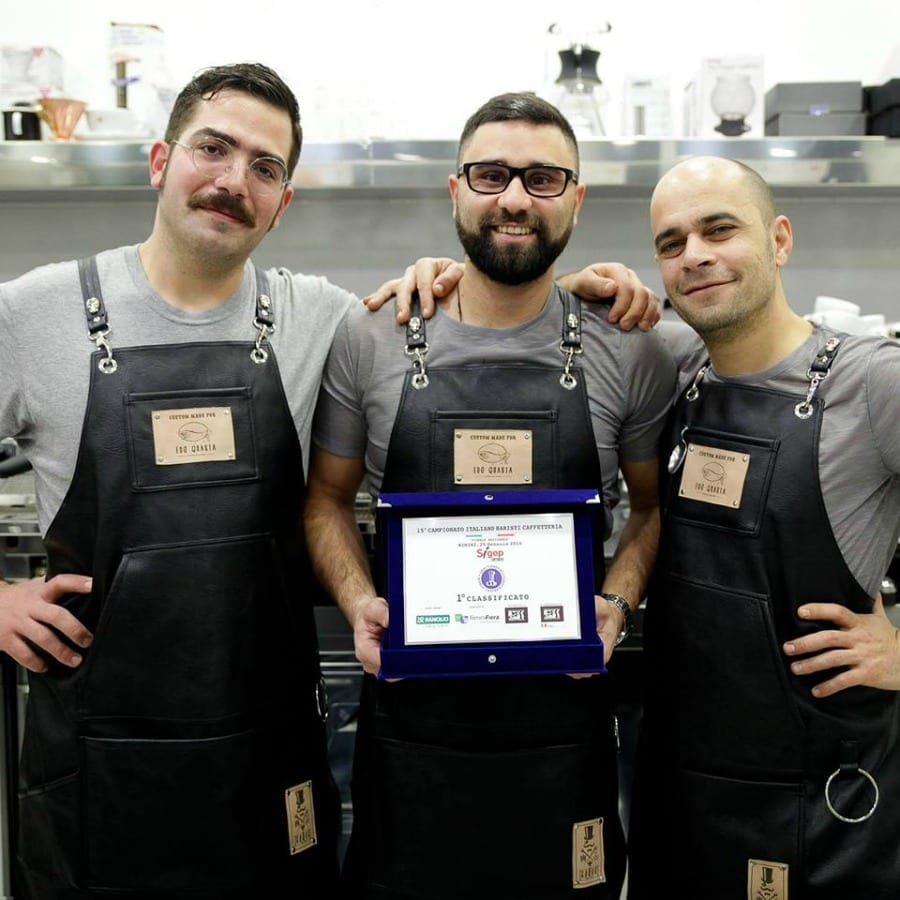
The classic recipe: two variations
We could not omit the Quarta caffé con ghiaccio recipe. Angelo provided the recipe, he is the one responsible for training personnel and the one working side by side Edoardo and the rest of the family to help create new ideas and projects. The first recipe listed is the classic, the second version listed is best suited for coffee drinkers with a sweet tooth. This is Angelo’s favourite, since his moving to Lecce, he just can’t stop drinking it.
Caffè con ghiaccio "soffiato"
1 short espresso 20/22 ml
1 shot almond milk
enough ice cubes to fill the glass
Brew a short espresso, pour in a glass and fill to the brim with ice cubes. Add almond milk and add the steam pipe inside the glass. Allow enough steam to obtain a slightly foamy result.
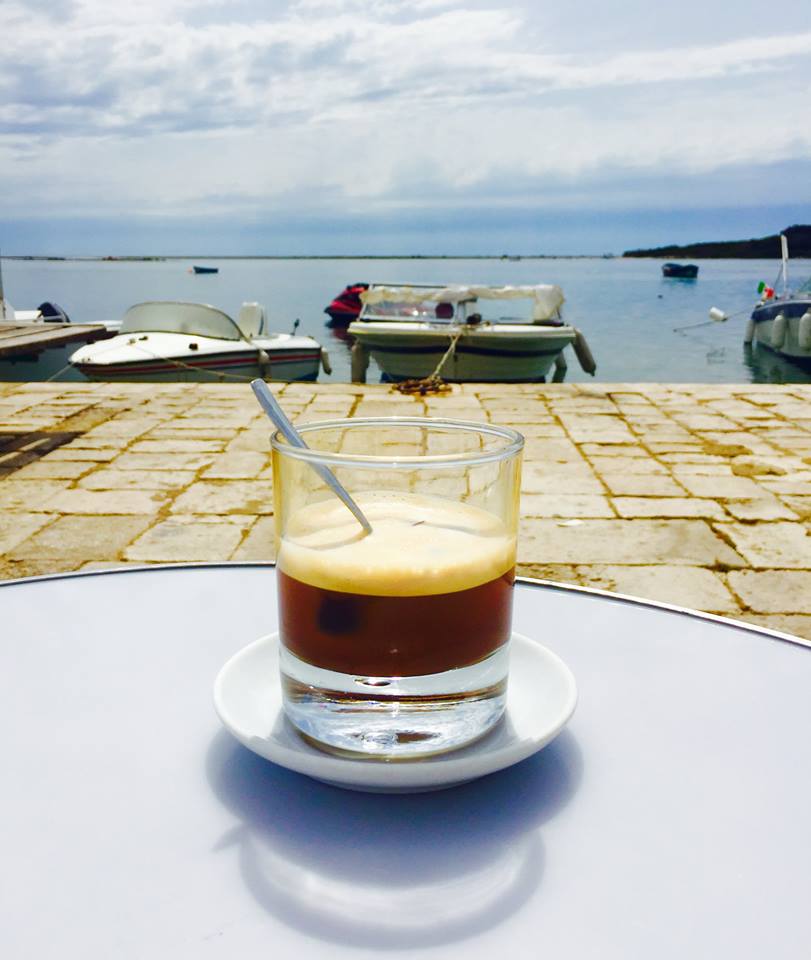
Caffè con ghiaccio with cream
3 espresso coffees
ice cubes
1 shot almond milk
Prepare 2 espresso coffees and blend them with ice cubes. Set aside and brew a third espresso. Add the shaken cream, third espresso and almond milk over additional ice cubes, filling to the brim.
by Michela Becchi
translated by Eleonora Baldwin

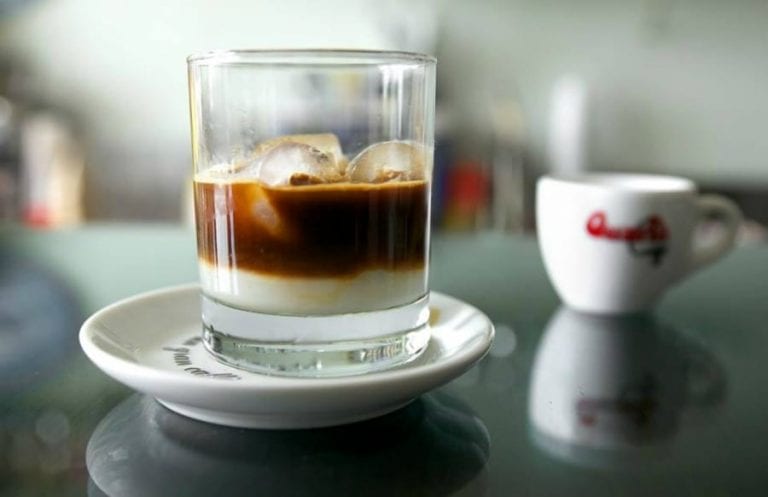
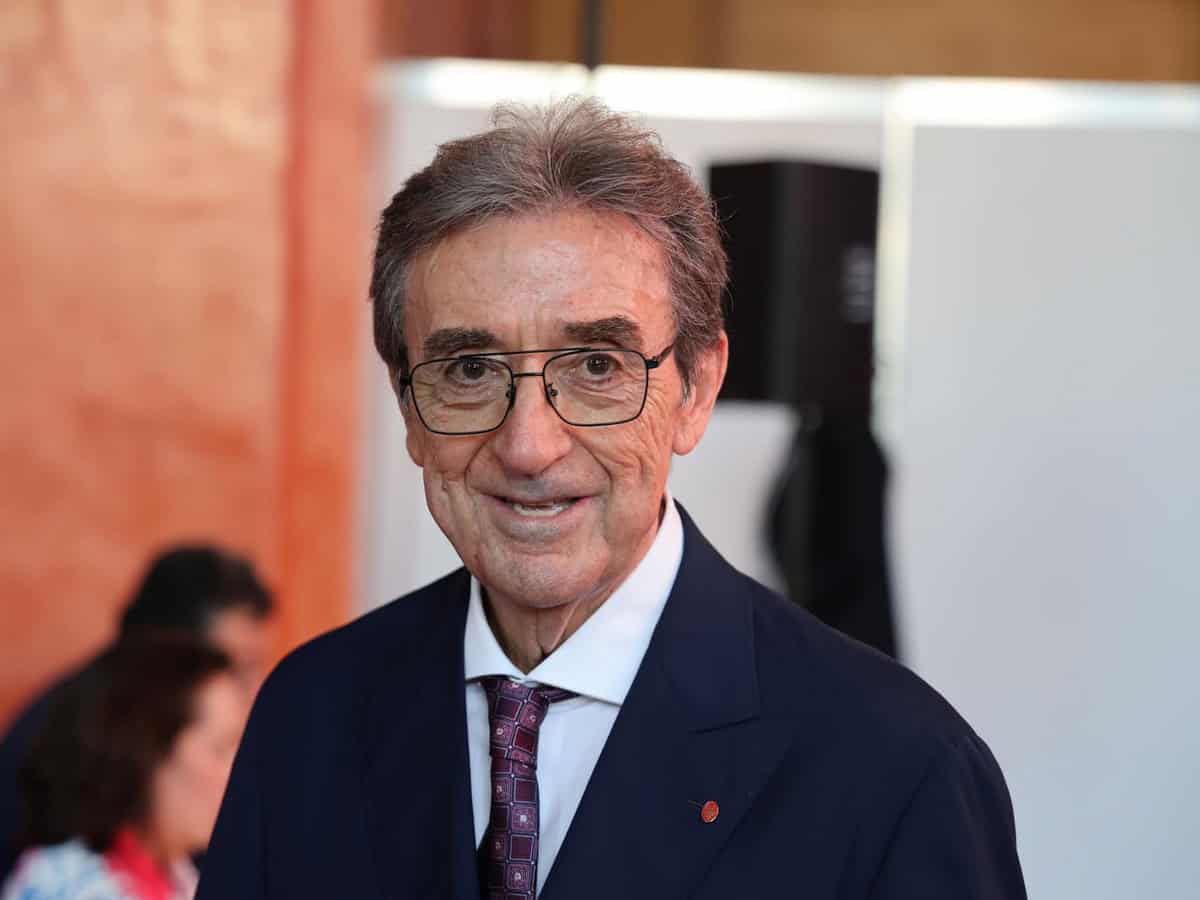 Oenologist Riccardo Cotarella will also produce dealcoholised wine: "My first bottle will be out in October and it won’t be bad"
Oenologist Riccardo Cotarella will also produce dealcoholised wine: "My first bottle will be out in October and it won’t be bad"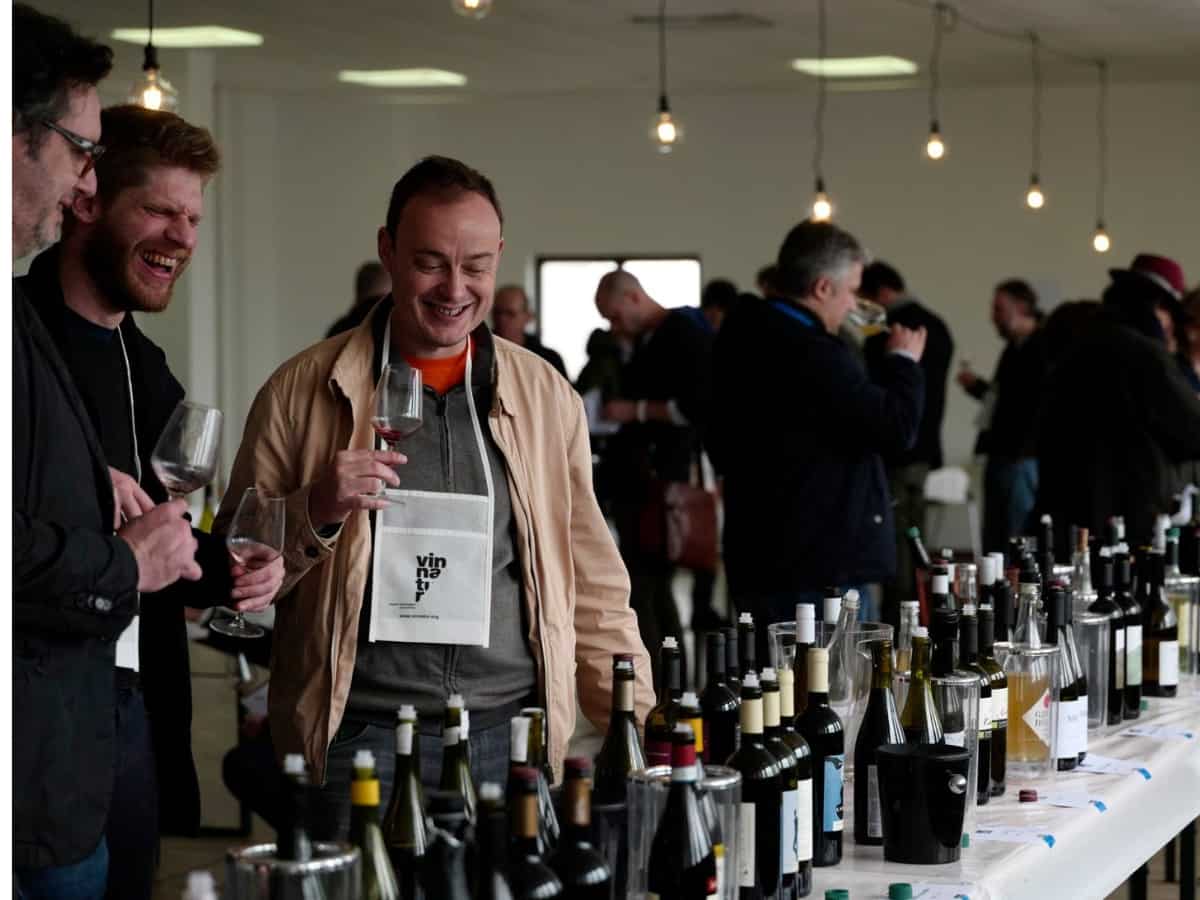 Dear natural wine world, enough with the constant polemics. If you don’t want to self-ghettoise, self-criticism is needed
Dear natural wine world, enough with the constant polemics. If you don’t want to self-ghettoise, self-criticism is needed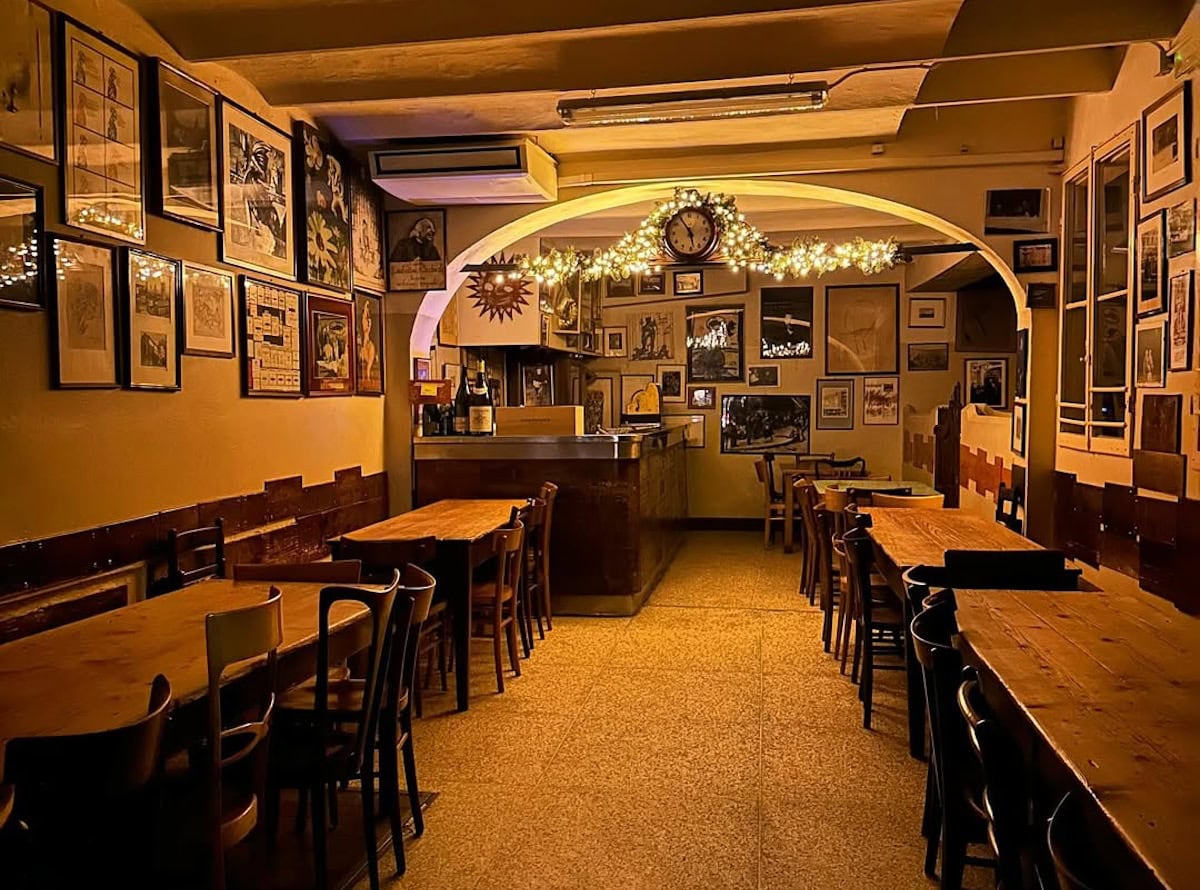 In Bologna, there is an ancient osteria where you can bring your own food
In Bologna, there is an ancient osteria where you can bring your own food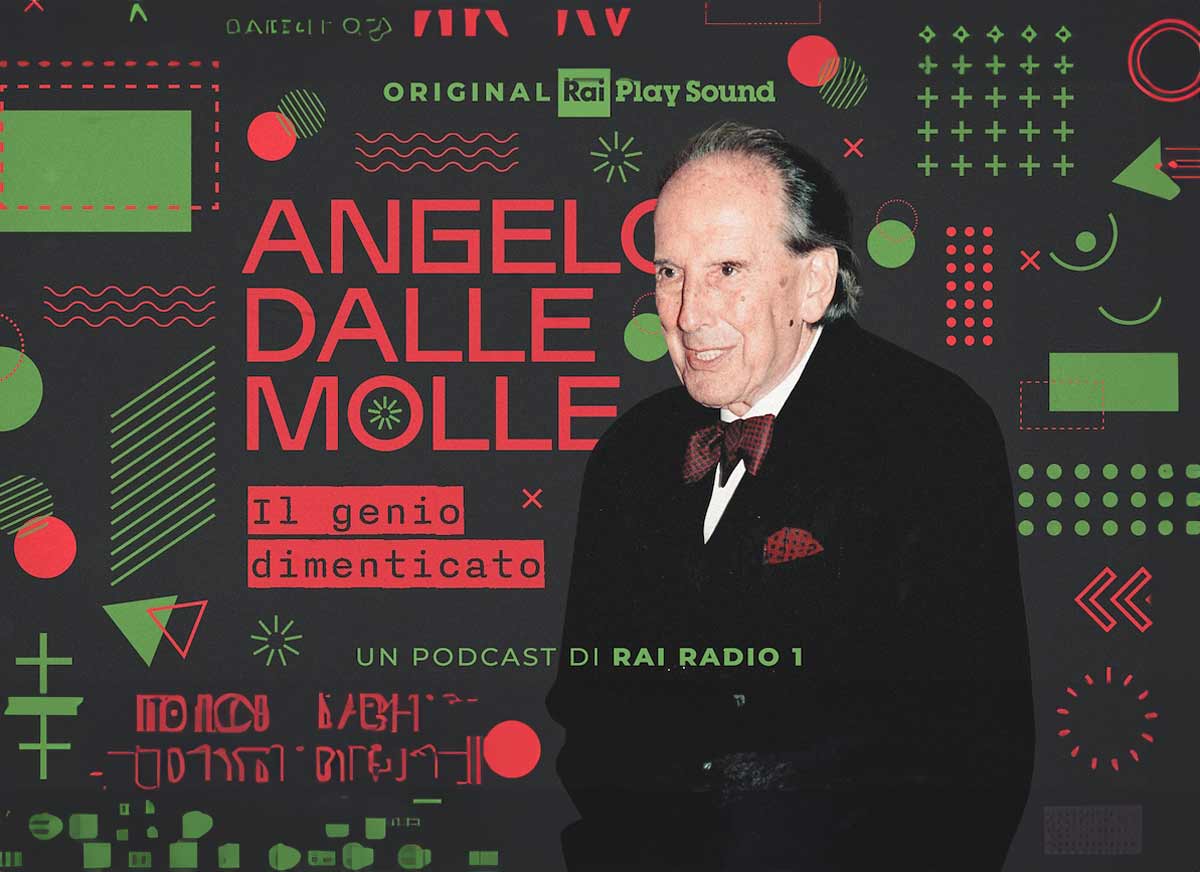 Unknown genius: the Italian inventor of Cynar who was building electric cars and studying Artificial Intelligence 50 years ago
Unknown genius: the Italian inventor of Cynar who was building electric cars and studying Artificial Intelligence 50 years ago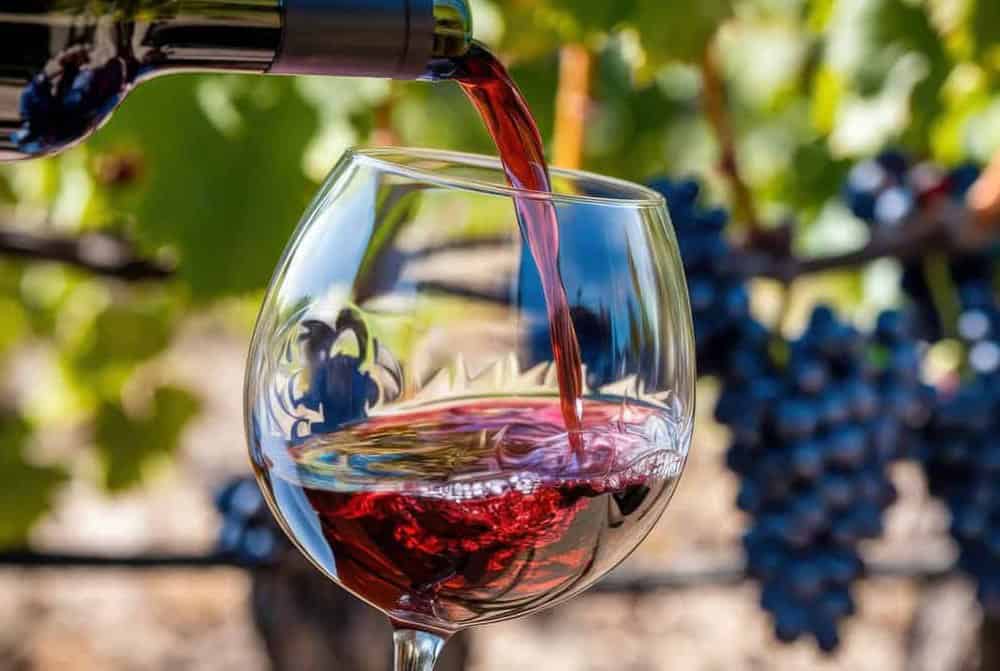 The 11 best-value Dolcetto wines from the Langhe
The 11 best-value Dolcetto wines from the Langhe
